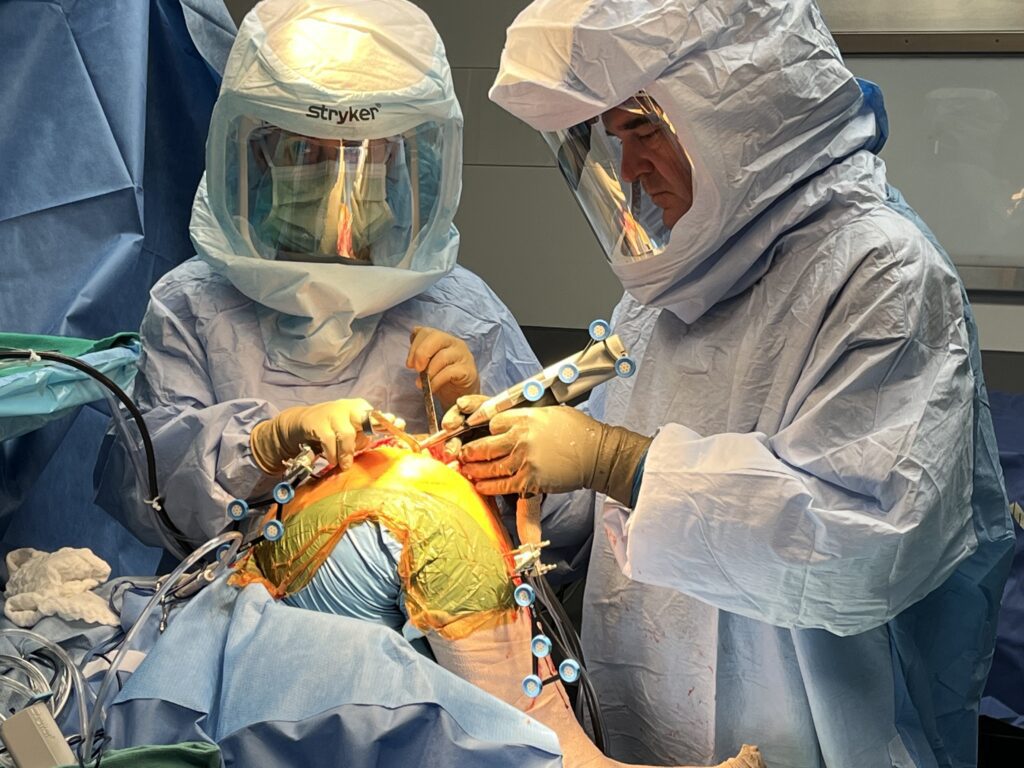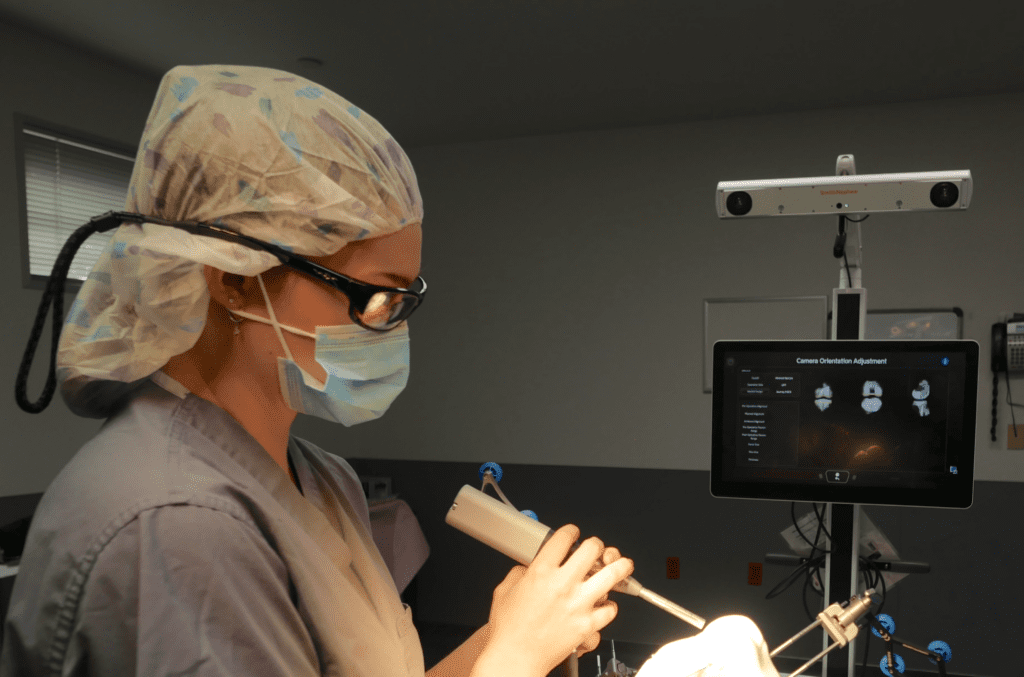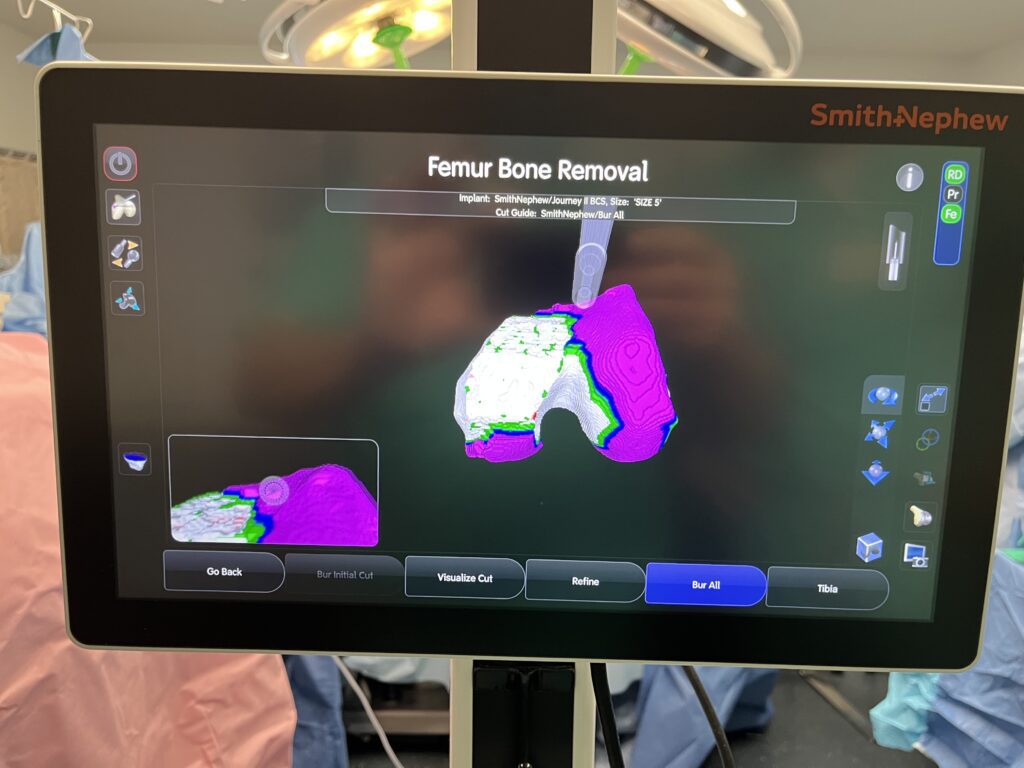Why Use Computer Navigation and Robotics in Surgery
“Throughout human history, surgeons have been perfecting their conventional techniques with what they had access to, and today, we now have the ability to take technology to a whole new level. There are major advantages to giving a good surgeon a tool that incorporates computer analysis and precision cuts through robotic assistance.
For instance, orthopedic surgeons have traditionally used mechanical alignment devices and cutting jigs in knee replacements to correct angular knee deformities. Also, soft tissue releases are usually needed to balance the knee from side to side and ensure a full range of motion after the correction.
Good results have been achieved with the traditional method, but anywhere from 5% to 15% of knee replacement patients nationally do not feel like they have an excellent result. The goal of robotic-assisted surgery is to increase the patient success rate.






Better Precision Cuts
Bone cuts made by robotic assistance and computer alignment are more precise. The traditional saw technique uses a 1.0-2.0 mm thickness blade with flexibility during the cutting process. Sometimes, the flexibility of the saw creates an unforeseen change in the alignment and depth of the cut. That is in addition to removing the bone from the thickness of the saw blade. The same cut can be done more consistently with robotic assistance, with precision down to 0.5 mm.
Quicker Recovery
“Precision in templating, surgical bone cuts, and implant alignment can help balance the knee soft tissues to lessen the need for contracture releases. All of this provides a more consistent range of motion of the knee joint with less dissection, which translates into helping the patient walk on the implant on the day of the surgery and maintain a good range of motion during the healing phase.
Improved Outcomes
The goal of any surgery is to have excellent outcomes for patients. Using computer navigation with robotic assistance statistically improves outcomes. It is about improved patient care.
